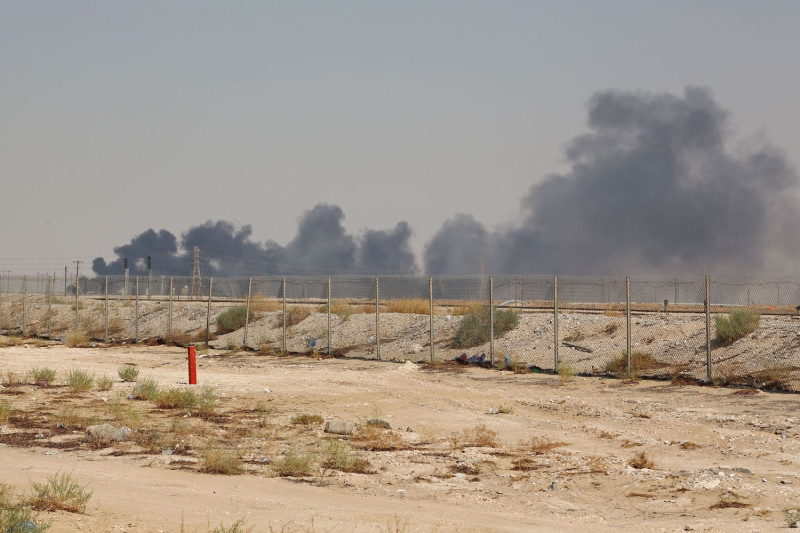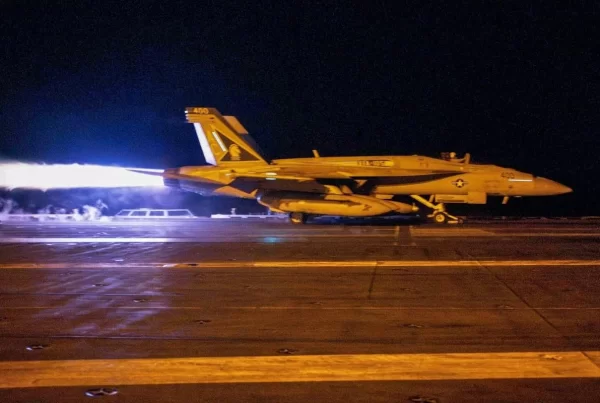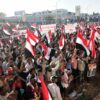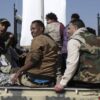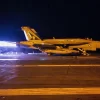Over the weekend, Saudi oil facilities were attacked by drones allegedly launched by Houthi rebels in Yemen, knocking off nearly half of Saudi oil production, spooking the Saudi stock market, and raising fears of a spike in both the price of oil and regional tensions. It’s one of the biggest attacks on global energy infrastructure in decades, but it’s still not clear if the damage will be short-lived and easily contained, or if it will weigh on the global economy for weeks to come and lead to further escalation in regional conflict.
What officially happened?
Houthi rebels in Yemen took credit for the strikes Saturday with multiple drones that damaged Saudi oil fields and Abqaiq, a key oil-processing facility in the eastern part of the country. The attack on the very heart of the global oil industry—Abqaiq processes about 7 million barrels of oil a day, or roughly 7 percent of the world’s crude output—made real what had been long considered by Saudi and Western security planners to be a nightmare scenario.
Saudi officials shut down more than 5 million barrels a day of oil-output capability, about half the kingdom’s daily production, while they put out the fires and assessed the damage; a formal report on the extent of the damage and the duration of any disruption is expected early next week, but Saudi oil officials told Reuters the outages could take weeks to repair.
The attacks follow other Houthi strikes on Saudi oil-pumping stations in May and a natural gas facility last month, part of the wider, yearslong conflict between Riyadh and rebellious forces in neighboring Yemen.
What role did Iran play?
One thing is clear: Houthi capabilities to use drones for long-range strikes have increased dramatically over the last year, said Farea al-Muslimi, the co-founder of the Sanaa Center for Strategic Studies. Cheap drones enable unconventional nonstate actors to penetrate Saudi Arabia’s advanced air defense systems, which are geared to protect against higher-end threats, he said.
But U.S. officials, as in previous Houthi-claimed attacks, have few doubts about who was behind it. U.S. Secretary of State Mike Pompeo was quick to blame Iran for the strike, which he called “an unprecedented attack on the world’s energy supply.” Like many security experts, he dismissed the idea that Houthi rebels had developed the capacity to deliver long-range drone strikes across Saudi territory: “There is no evidence the attacks came from Yemen,” he said on Twitter. (President Donald Trump said late Sunday that the United States is “locked and loaded” to respond to the attack.)
After U.S. officials concluded that the May drone strike came from Iraq, some in the Persian Gulf suspect Iran-backed militias in Iraq—rather than those based in Yemen—may have carried out the latest attack and may have even used more sophisticated weapons than drones, such as missiles. Iraq on Sunday denied the attacks came from its territory. (A senior administration official told FP on Monday that Iran used a mix of more than two dozen drones and cruise missiles in the attack.)
Iran dismissed the U.S. allegations on Sunday, calling them “pointless,” while Islamic Revolutionary Guard Corps commanders threatened missile attacks on U.S. military assets in the region. Iran has come under increasing pressure this year as U.S. sanctions on its oil sector have slashed Tehran’s exports from about 2.5 million barrels a day to close to zero, hammering its economy and driving Iran into breaching several terms of the 2015 nuclear accord.
